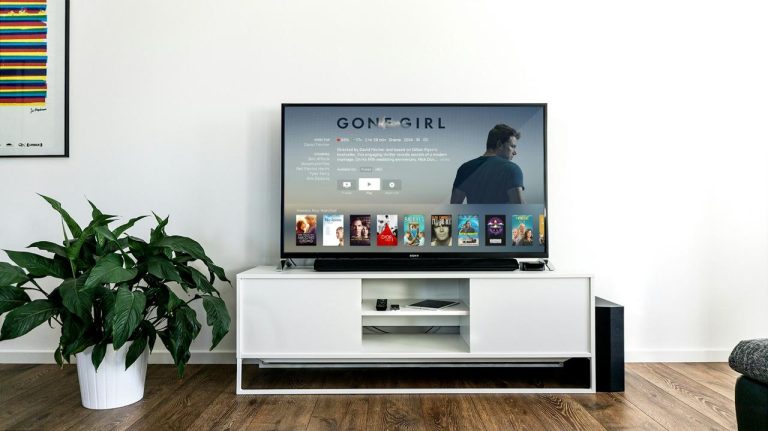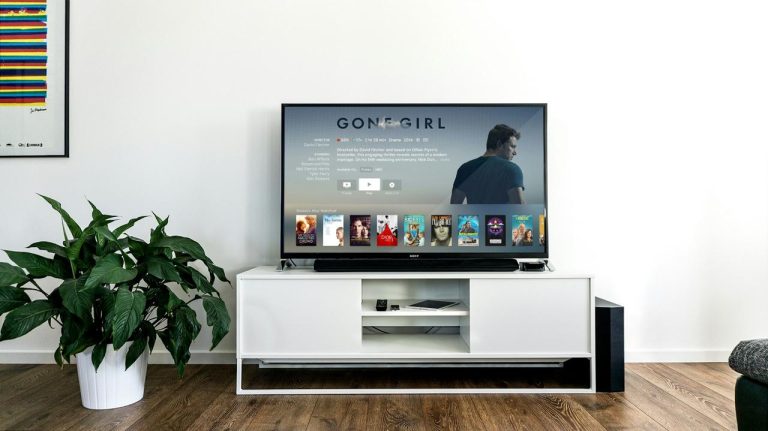Step-by-Step Guide to Designing a High-Quality Flex PCB
Flexible Printed Circuit Boards, commonly referred to as “Flex PCBs” offer distinctive features that set them apart, providing uniqueness and differences compared to rigid PCBs. Due to their flexible nature, they can be bent, folded, and used as per necessity, thus making them the best option to be used in personalized electronic goods. So it is useful for understanding the fundamentals of designing a flexible PCB beforehand. In this article, we will go through step-by-step of designing high-quality Flex PCBs.

Flex PCB Design
1. Comprehend the Electrical Conditions
The very first step in designing the flex PCBs requires understanding the different electrical features and conditions. It includes knowing the different signal types, limitations of voltages, current, capacitance, impedance, and types and positions of various PCB components on the PCB board, etc.
2. Create the Design of the PCB
In this step, the overall representation and design of the PCB is created. It is one of the crucial steps in designing a PCB as any error that occurs here can hinder the later stages of the PCB manufacturing process. It is also beneficial to take into account the flexibility and bendability of the PCB as the dynamic flex PCB board can take in a lifetime of bending as opposed
to a static flex PCB board that can be bent only a number of times before
it goes out of order.
3. Build a PCB Layout
Layout providers work in collaboration with principal engineers to develop a PCB layout with the help of various tools such as Mentor, PADS, Altium, etc. Such software platforms allow them to see how exactly the flex PCB board will look like, where the different components will be placed over it, how they will operate etc. After creating the layout, mechanical engineers load the design and attempt to integrate it into the intended device.
4. Evaluate Flex PCB stack-up
The stack-up is a crucial tool for both electrical and mechanical engineers in the PCB design process that aids in the integration of the PCB into the device. It involves placing the flex layers strategically within the stack up which contributes to enhanced protection for the overall structure.
5. Define Design Requirements
IPC is an association that sets standards for the manufacturing of electronics with a specific focus on PCBs. Adhering to these standards is crucial during the PCB design process to prevent project delays or revisions. Failure to comply not only consumes time but also incurs additional costs, underscoring the importance of aligning the PCB design with IPC guidelines.
6. Place components on the PCB
This step is usually performed in collaboration with the customer. The layout provider engages in discussions with the customer regarding the design and layout of the PCB. They utilize data sheets for each component and strategically position connectors in the layout. Subsequently, the finalized layout is sent to the customer for approval. The layout provider also takes care of the layout standards and does not place the components near others that may produce any discrepancy or electrical noise.
7. Create Drill Holes
Since more than half of the flex PCBs are double-sided, it indicates a connection between the drilled hole and the bottom layer. Therefore, it is required to make the drill holes in the appropriate positions on the flex PCB.
8. Connect the Traces
Once you are done with placing the components and drilling holes at the required places on the PCB, then comes the turn of connecting traces on the board.
9. Add the Necessary Labels
Next, add any labels or markings, etc. to show the placement of specific components on the board.
10. Produce Design Files
In this final step of designing a flexible printed circuit board, the software contains all the essential information related to designing the PCB and once these files are complete, the PCB then goes on to the next step i.e. flex PCB fabrication and manufacturing process.

Flexible PCB Board
The above are the ten basic steps in designing a flexible printed circuit board. There are some very important factors we need to pay attention to in flex PCB design to ensure high quality.
1. Selecting Materials for Flexible PCBs
It is important that flex PCB manufacturers communicate their specific needs with flex PCB suppliers and only use materials that are reliable and of high quality.
There are various flexible dielectric materials; choosing the right one is a tough job.
- Kapton: It provides maximum durability in high temperatures.
- PET: It is a relatively cheaper material that has good chemical resistance but consists of limited durability in high temperatures.
- Polyamide: One of its pros is that it remains flexible even in high temperatures. However, one of its cons is that it involves major dielectric losses.
- PTFE: Even though this material is expensive, it provides high tolerance to temperatures and good chemical resistance.
- LCP: It is costly and has a lower tolerance as compared to polyimide.
2. Identifying Layer Stackup Arrangement
The flexible stack-up arrangement consists of multiple layers that can be arranged based on the required number of routing channels, grouping signal layers, ground layers, separating signals, etc.
3. Guidelines for Trace Routes
- Larger trace widths and spacings should be used in the dynamic flexing areas.
- Trace routes should be placed perpendicular to the bend axis.
- Rounded corners should be used on traces.
- Thermal relief should be applied around vias, and teardrop shapes should be used to minimize pressure concentration.
- Rounded pad shapes should be employed along with thermally relieved edges.
4. Guidelines for Placing Components
- Heavy components should not be placed in dynamic areas.
- The weight of the components should be distributed equally across rigid and flexible zones on the circuit.
- Ample space should be left for routing traces.
5. Guidelines for Managing Layer Transitions
- Components should be placed far from layer junctions.
- Pad thermal reliefs should be placed near transitions.
- High-speed signals should not be routed near boundaries.
6. Guidelines for Reducing Flexing Stresses
- Stiffeners should be added to the outer layers surrounding flexing regions.
- To minimize conductor stress, shielding layers should be used.
- Appropriate fillets and openings need to be placed at points of flex.
- Flexible connectors and stress-relief features need to be incorporated in needed regions on the board.
7. Guidelines for Material and Construction Selection
- Only the adhesive type suitable for flexing (acrylic or polyimide) should be selected.
- Copper weight, finishes, and tolerances need to be identified.
- Standards for solder masks and silkscreen etc. need to be identified in advance.
8. Checklist for Reviewing Flex PCB Design
- Make sure that the minimum requirements for the bend radii are met.
- Trace spacing and widths are employed with respect to the guidelines.
- Pad relief is used accurately to layer transitions.
- Place the components in such a way that rigid-flex junctions are avoided.
- Flex zones are surrounded by stress-relief components and features.
- All the materials used meet the requirements of mechanical and electrical specifications.
Flexible Printed Circuit Boards

9. Things to Consider When Designing a Flex PCB
- The way the flexible PCB is designed should depend on the environment in which the final product will function, i.e. whether it is going to be a normal environment such as a TV or a harsh environment such as an explosion, etc.
- The bend ratio needs to be taken care of as a tighter bend radius poses a greater risk of failure during flexing.
- The strength of the conductor pattern should be assessed so that it does not get affected by the flexing and it should be placed close to perpendicular.
- The blind or buried vias need to be selected keeping in mind the budget of the project.
- Make sure all the moisture is eliminated before the circuit faces high temperatures and process the circuit right after baking or store it in a nitrogen chamber.
- Ground planes usually reduce flexibility and add weight to the circuit. Therefore, it is better to use a crosshatch pattern in the ground planes so that these problems can be avoided.
- Single-layer flex circuits are sensitive to EMI whereas two-layer flex stackups work well for 50-ohm circuits. The higher layered is the flex circuit, the greater is its ability to create a standard strip line construction but the flexibility of the circuit is compromised.
- As the flex PCB is different than that of a rigid PCB, therefore, during the placement of components over the circuit, not only the x,y, and z spacing of components need to be kept in mind rather all those spacings need to be considered when the circuit is being bent. For this purpose, many 3D tools are used to check the circuit both when it is kept flat as well as bent.
Conclusion
Flex PCB manufacturers have been using 2D tools to design their circuits for decades. However, it is undoubtedly a better choice to use 3D tools to design flex PCBs as it provides visual verification and automated checking along with some other benefits that are unique to flexible PCBs. Therefore, when you plan on designing a flexible PCB, it is better to read all the guidelines related to PCB manufacturing beforehand to avoid any hindrance in between the processes. Moreover, takes time to select the best possible materials and components for the PCB. Identify the specific requirements of the layout and review the design multiple times before moving on to the PCB manufacturing and assembly process.






